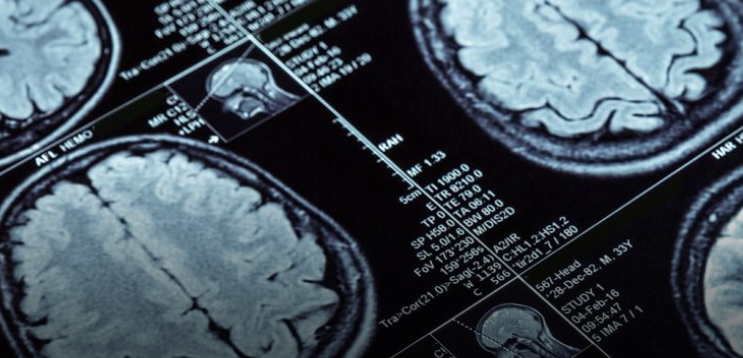
Deep Brain Stimulation May Help Cure Addiction
A doctor working with West Virginia University is studying the effectiveness of deep brain stimulation to help cure opioid addiction.
As reported by Futurism.com, in November 2017, the FDA approved a device that transmits electrical pulses to the cranial nerves associated with pain processing, to alleviate opioid withdrawal symptoms in patients.
Now, another treatment — set to begin clinical trials later this year — will take that approach even further, implanting electrodes directly onto the brain.
The implant — controlled by a pacemaker-like device — will send electrical signals to target the reward center of the brain, hopefully minimizing the over-activity that is responsible for the addictive behavior. Known as deep brain stimulation (DBS), this type of therapy is currently used to treat tremors associated with Parkinson’s disease, and is undergoing testing for use in Alzheimer’s and other brain disorders.
Are you or a loved one struggling with addiction, lying to yourself and others? Don’t wait any longer to ask for help. In today’s environment, you never know when your next dose will be your last!
Our Neuro Rehabilitation approach helps address the root causes of addiction once and for all.
To learn more about how neuro implants may help to cure addiction, please visit Futurism.com.






